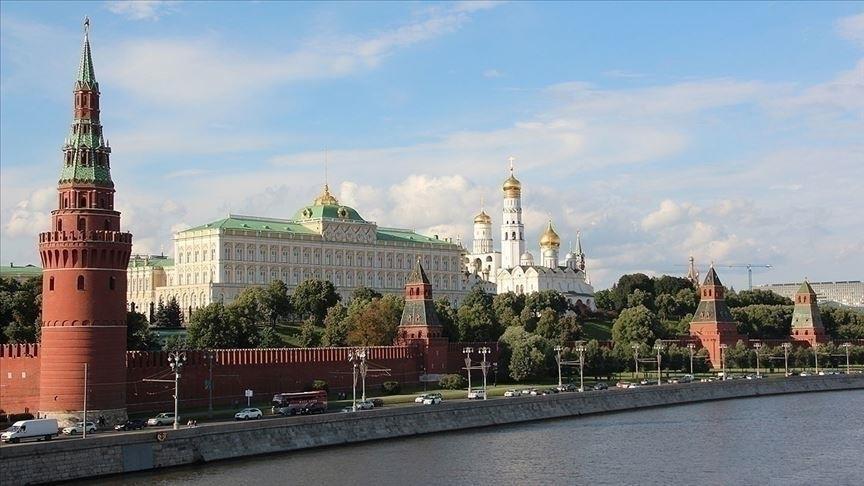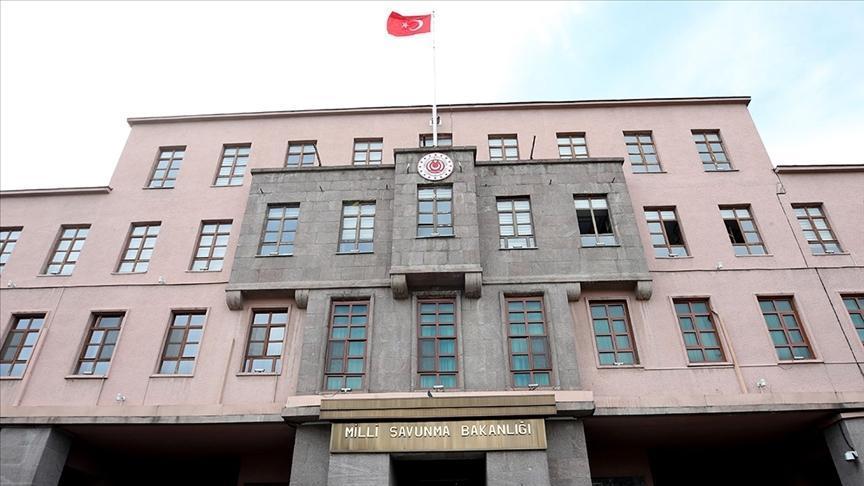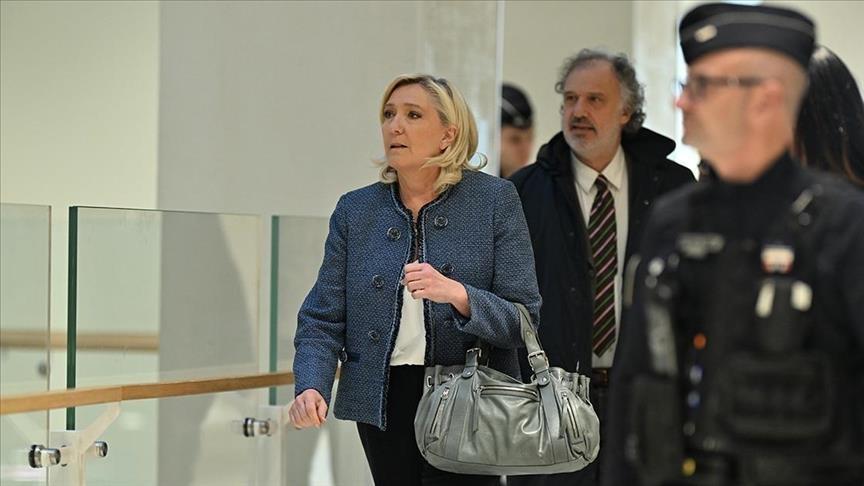England's Richard III gets burial fit for a king
LEICESTER - Agence France-Presse

A handout picture released by Leicester Cathedral Quarter Partnership Board (LCQPB) taken on March 26, 2015, shows the reinterment ceremony of England's Kind Richard III in Leicester Cathedral in central England. AFP Photo
England's slain king Richard III, exhumed from an undignified grave beneath a car park, was finally buried with honour on Thursday, 530 years after his brutal death on the battlefield.In a poignant ceremony, a coffin containing his bones was gently lowered into the ground at Leicester Cathedral in central England, a short distance from where they were found in 2012.
"As we return the bones of your servant Richard to the grave, we beseech you to grant him a peaceful and quiet resting place," Archbishop of Canterbury Justin Welby, England's highest cleric, said in prayer over the coffin.
The story of the king in the car park has captivated Britain and caused people to reevaluate a man long caricatured as a villainous tyrant.
"King Richard has stepped from the pages of history into the fullest glare of the world's attention," the Bishop of Leicester, Tim Stevens, said in his sermon.
"The search has laid to rest half a millennium of mystery surrounding his burial place and revealed that Richard belongs not just to the archaeologists, the chroniclers and the curators -- but to all of us."
Many people among the thousands gathered outside the cathedral were clutching white roses, the symbol of Richard's House of York dynasty.
"I feel he was badly treated at the time of his death and all through history," said May Doherty, 62, from Coleraine in Northern Ireland, who wore medieval black costume.
"We believe he was innocent and this is the burial he deserved. This is a once in a lifetime occasion. It's brilliant to be here and be part of history."
The last of the Plantagenet dynasty, Richard ruled from 1483 until his death at the Battle of Bosworth near Leicester in 1485, aged 32.
It was the last major conflict in the Wars of the Roses and changed the course of English history as the Tudor dynasty captured the crown.
Richard was hastily buried without fanfare by monks, with the site destroyed in 1538.
Queen Elizabeth II sent a written message for the service, saying Richard would at last "lie in peace".
He was "a king who lived through turbulent times and whose Christian faith sustained him", she said, hailing "an event of great national and international significance".
Her daughter-in-law Sophie, the Countess of Wessex, attended the ceremony on her behalf, along with the queen's cousin Prince Richard, patron of the Richard III Society and a blood relative of the last English king to die in battle.
Packed in with wool, Richard's battle-scarred bones were sealed in a lead ossuary contained within an oak coffin made by Canadian carpenter Michael Ibsen, one of his closest living relatives.
"He is, at last, being given the burial that he ought to have been given in the first place, regardless of his reputation," Ibsen, Richard's nephew 16 times removed, told AFP.
After Richard's coffin was lowered into his grave by six soldiers, Oscar-nominated actor Benedict Cumberbatch read a specially-commissioned work by the Poet Laureate Carol Ann Duffy.
Cumberbatch, due to play Richard in a BBC television series, is coincidentally the king's third cousin 16 times removed.
Some shed tears during the reinterment, which referenced Richard's proclaimed title as king of England and France and lord of Ireland.
"People have taken Richard to their hearts," Stevens said, after a week in which 20,000 people queued for hours to see the coffin.
"It could only happen in this way in England," the bishop told AFP. "He deserves a grave on which his name is carved forever, and from now on he will have that."
Philippa Langley, whose research led to the archaeological dig that found Richard, said the service the culmination of a 10-year journey.
"Honour, dignity and respect: we ended on that note," she told AFP.
Richard was identified by his distinctive curved spine, radiocarbon dating and conclusively by DNA from his closest living relatives.
All four direct female line descendants of his eldest sister Anne of York attended the service.
"I feel shivers going down my spine," said Australian-born researcher Wendy Duldig, a niece 18 times removed.
Ibsen's sister Leslie added: "You're attending the funeral of a relative but it's a happy time because he was found and identified. It's family pride."
















